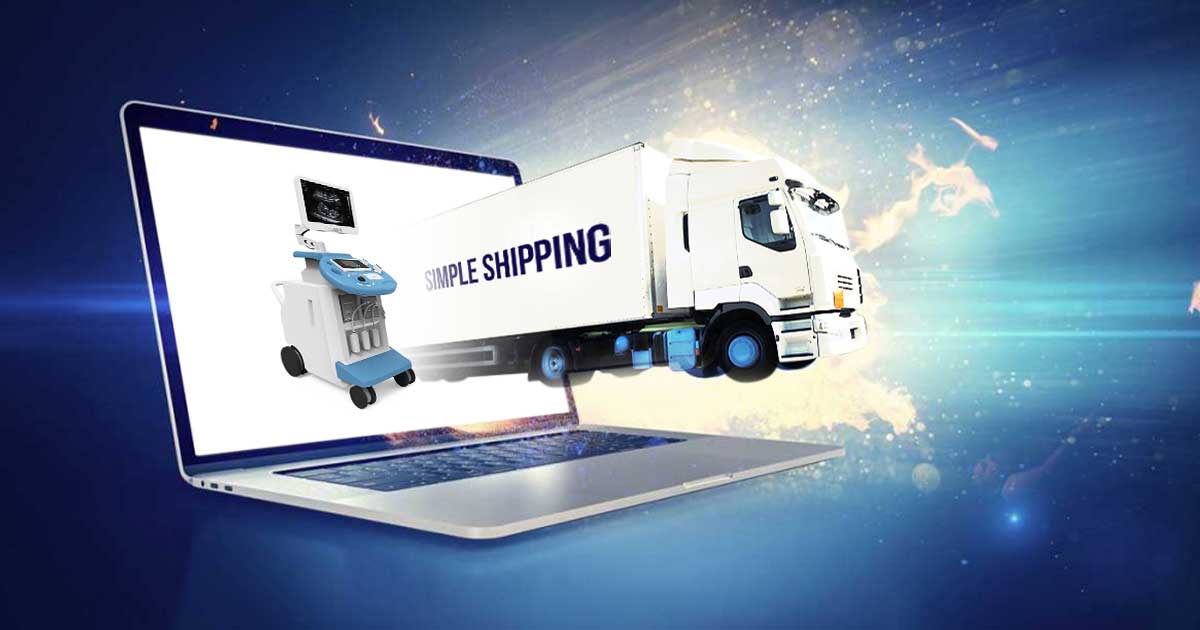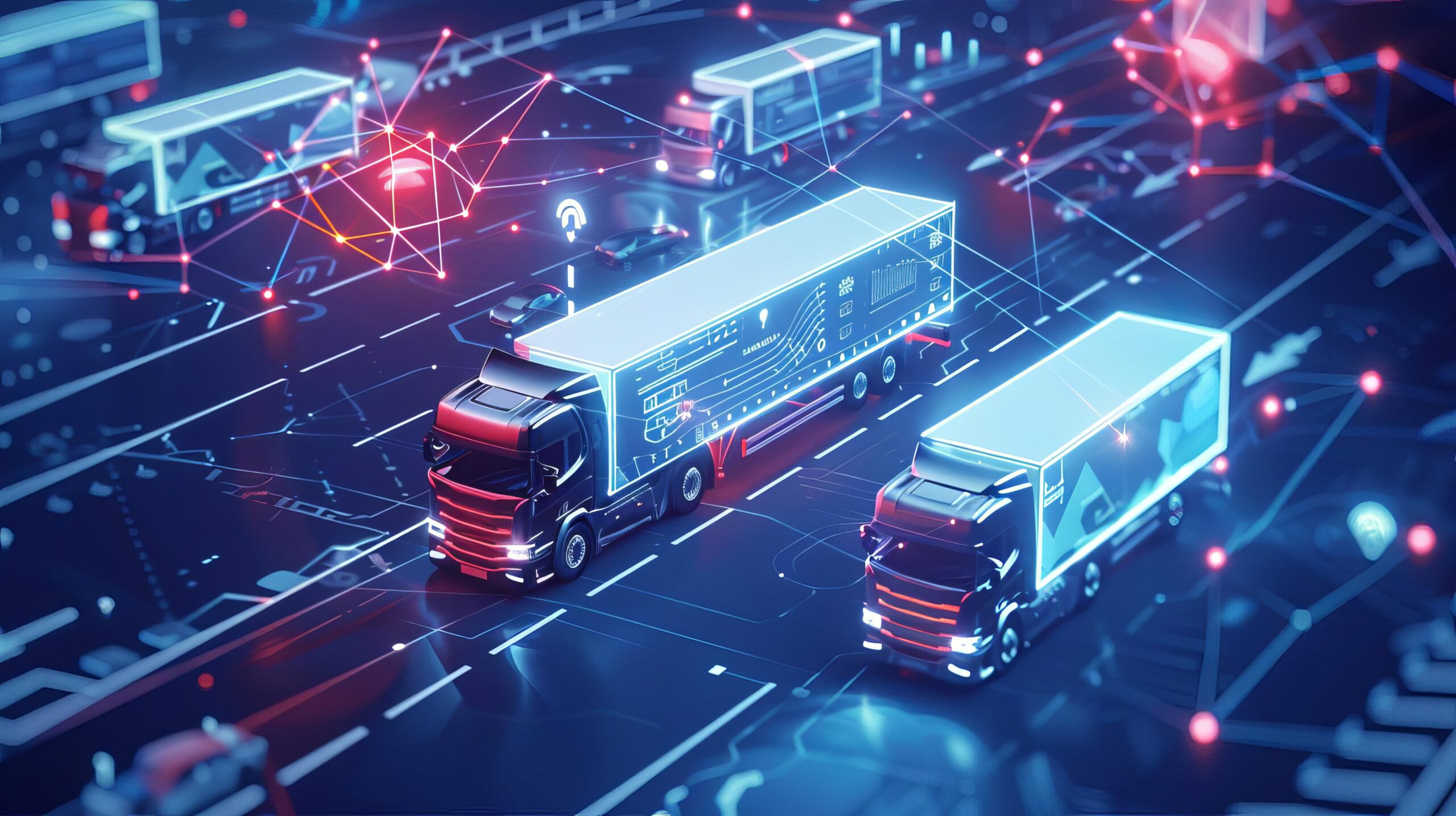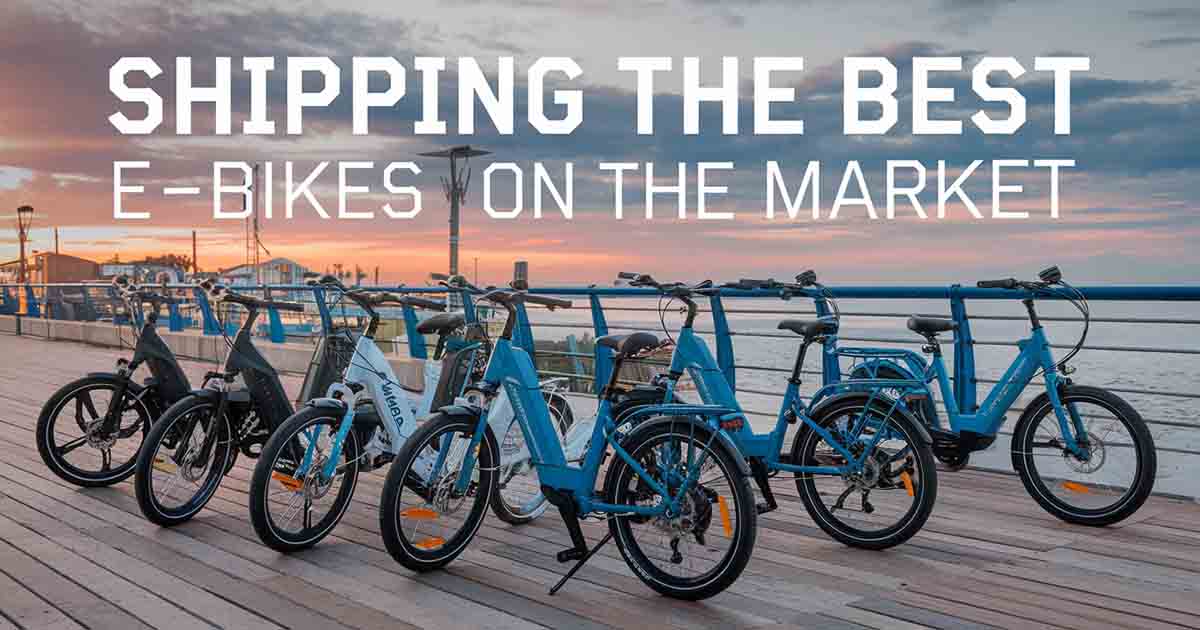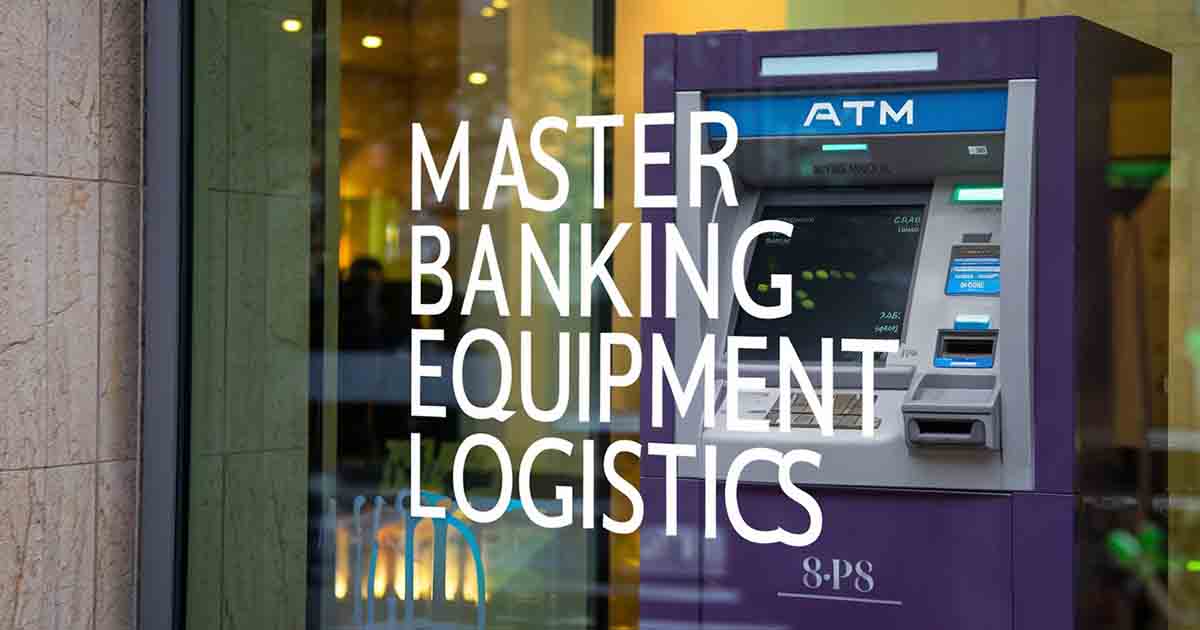Posted By

Clint Lawrence, founder of Moveitem and Motorcycle Shippers. Passionate about creating solutions that simplify challenging needs in the shipping industry and better serve others.
The term reverse logistics is sometimes known as recovery logistics. This is a process that helps to keep your business efficient in so many ways. First and foremost, it helps customers return items to manufacturers, retailers, and equipment leasing and lending institutions. The items can then be recycled, refurbished, or resold to maximize cash flow while increasing customer satisfaction.
Reverse logistics is also used to decrease waste in the supply chain. Waste that is created during the manufacturing process can be channeled back to other points in the manufacturing chain so they can be reused. Sometimes the term recovery is used for this process because it helps to recover materials.
One example of reverse logistics is bringing leased business equipment back to the financing company to be refurbished and sold. Other examples might include retailers who have to retrieve production equipment or tech-based machines for repair. Reverse logistics can be a very green process as it is part of reducing, reusing, and recycling. In addition to helping you regain cash flow and customer satisfaction, it is also good for your brand and good for the planet.
Learn everything you need to know about reverse logistics, including the types of logistics, the process involved, steps, benefits, challenges, and how to use reverse logistics to create value for your business. Plus, get advice on what it takes to be successful at reverse logistics and reduce the costs that come with returned products.
How Reverse Logistics Work
Reverse logistics moves items backward from the original source. This structure of the process can be very complex, involving multiple levels of software and teams to provide planning and controls.
Reverse Logistics Process
The reverse logistics process often starts with an external request from a client or delivery point within the supply network that requires the return of a shipment to its source. Many retail companies deal with customer and distribution networks that can send back products for exchange, warranty, maintenance, or EOL (end of lease or end of life). The process may start internally as well with simple movements within a company’s materials supply, manufacturing, and distribution network.
Internal needs to move products might include managing returns and buying surplus goods and materials. The process is also responsible for dealing with any leases or refurbishments. Reverse logistics vary across different industries, and there are different economic incentives for improving reverse logistics management.
3 Steps to Good Reverse Logistics
Process the Return
The return process may start when the consumer signals they want to return a product. This step should include issuing a return authorization number so that the reverse transaction can be properly identified and tracked throughout the entire process.
For internal return requests, this process may start with a simple request from the logistics management team or a flag from the ERP system.
Scheduling the return shipping method is key to the ultimate success of the RMA process.
If the reverse logistics transaction was initiated by a retail customer, that individual will need clear and concise instructions on how to facilitate the returns process. Packaging the item, connecting with the truck that will be transporting the items, and tracking the process along the way are all top-priority tactical functions for the reverse logistics management team. Retaining the brand value of the company hinges on creating a smooth reverse logistics process.
Deal with Returns
Once a returned product arrives at the processing center it will normally require inspection and assessment of its condition to determine its next step in the reverse logistics process. If an optimized reverse logistics process exists there will be a definite destination for the product even before it arrives. Fix, resell as new, resell as a return, recycle, scrap or refurbish are just a few of the options. Each of these may as well require additional logistics moves so consider how each is packaged and shipped.
Keep Returns Moving
Increase your warehouse capacity by moving the inventory out as soon as possible. Whatever the item condition was determined to be there is a final destination for every item. Getting these items scheduled on the next truck will help keep the department running at maximum efficiency.
Gartner Research shows that about 70% of businesses plan to invest in the “circular economy.” This circular economy follows traditional logistics and then continues around through what Gartner calls a closed-loop supply chain.

Companies are participating in this system to support a sustainable economy. There are many new uses for disposed-of products with recovery, repair, and recycling.
The circular economy also ensures compliance as many other countries institute policies requiring “manufacturers” to develop sustainable practices. As an added benefit to this entire process, some even create subsidies for waste prevention, research and development, and recycling.
How Does Reverse Logistics Create Value?
Reverse logistics creates value by building customer trust and turning waste into sales. Businesses resell, reuse, and recycle returned products to boost their bottom line. In addition, an effective reverse logistics process with simple shipping solutions keeps down any storage and distribution costs.
Using reverse logistics to boost the efficiency of the traditional supply chain that so many businesses live by is a true benefit to everyone. Businesses use practices to maximize their profitability ratios with their supply chain activities. Read these expert tips on how to maximize profits in business.
Benefits of Optimized Reverse Logistics
Optimized reverse logistics produce financial benefits while positively impacting the environment and business culture. Refining the workflow for what happens to items before, during, and after delivery helps retain customers and save the business money.
Optimized reverse logistics leads to benefits like:
- Reductions in costs for the business
- Higher customer satisfaction ratings
- Better client retention rates
- Reduction of losses
- Improved brand value and company culture
- Waste reduction and greater sustainability
7 Strategies to Optimize Reverse Logistics
To optimize reverse logistics we believe that companies need good strategies with buy-in from every department. The mission should be speed, efficiency, and cost.
Evaluate Relevant Policies and Agreements
Review and revise the procedures related to your company’s returns, warranty, and repair process. These policies should be clear to both the client and the internal team executing them. They should consider the root causes of returns and repairs and provide options for resolving the issue before engaging the reverse logistics option. The way companies deal with returns, repairs, and subsequent actions can be competitive differentiators.
Collaborate with Suppliers
Within the internal reverse logistics environment, close collaboration with suppliers and associated teams can help ensure a smooth and efficient transfer process. All teams should share a collaborative SOP (Standard Operating Procedures) manual.
Use Data to Optimize Processes
By collecting data on product returns and other reverse logistics transactions a better understanding of the causes of the returns will be evident. Adjustments can then be made in sales, product design, and forward and reverse logistics processes accordingly.
Track products forward and backward
Linking raw materials to the finished goods and the customer orders will allow companies to identify the issues and even trace the supplied ingredients of the items in the event of product recalls.
Centralize Return Centers
Products are better sorted when companies identify a central return facility. This is also helpful when negotiating reverse logistics shipping contracts as it is much easier for trucking companies to focus on one location. If your company lacks the resources to have a centralized returns center, consider dedicating a section of your warehouse to returns.
Examine Logistics and Transportation
Regularly review the processes for reverse logistics and shipping solutions. Determine if it is feasible to have the client be involved in the packaging process or if it might be more efficient to use a shipping service that can move your large items without any additional packaging. If your internal team is struggling to provide on-time package preparing functions then consider using a service that will remove that time and cost from your bottom line.
Automate through technology
Use cloud-based logistics software to help streamline operations. A software system can track asset recovery, manage the refurbishment, and provide business process analytics. Tracking the flow of reverse logistics shipments can also be enhanced through quality shipping providers.
The Future of Reverse Logistics
The future of reverse logistics is all about minimizing disruptions from returns. Especially in eCommerce, and increasingly in the retail industry, the volume of returns has been increasing.
The future of a company’s success in reverse logistics involves using a qualified shipping provider who can customize solutions for individual businesses. At Moveitem.com, we are here to assist in streamlining your company with simple solutions to move large items.




